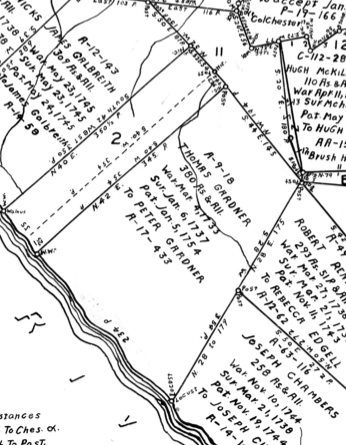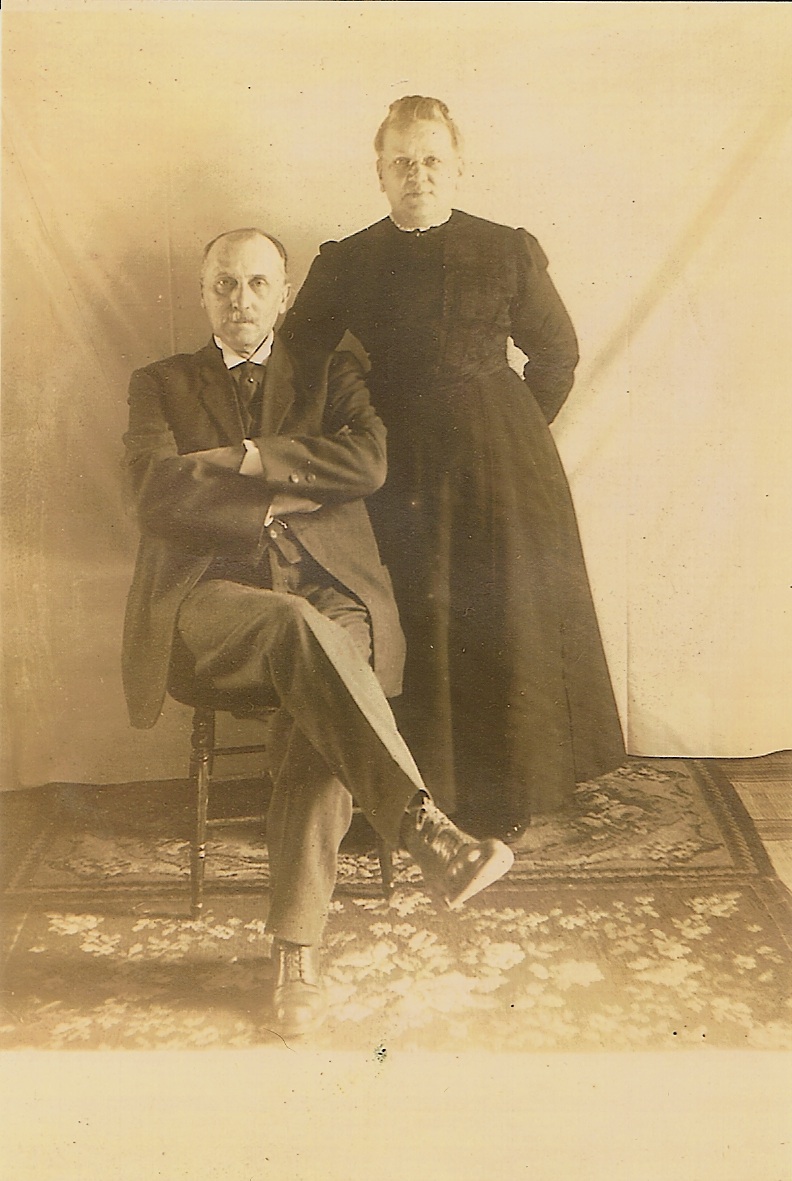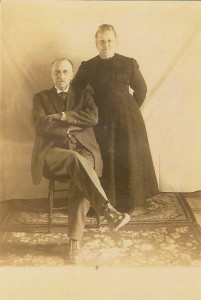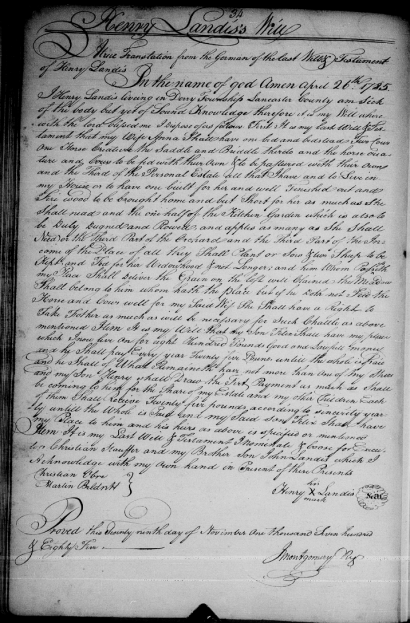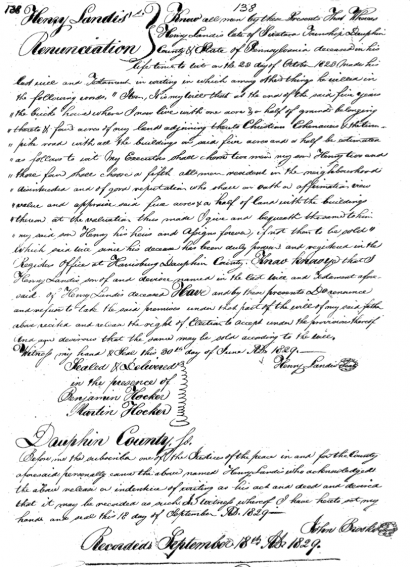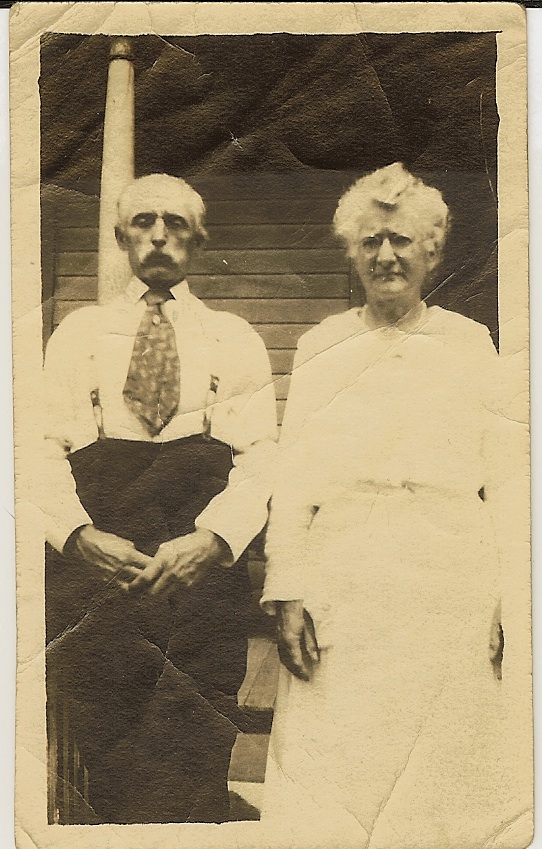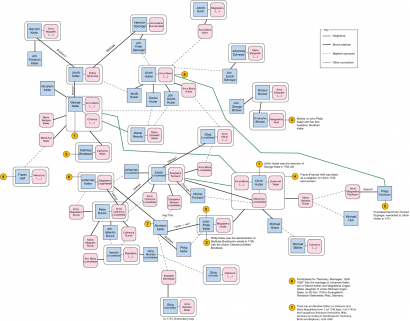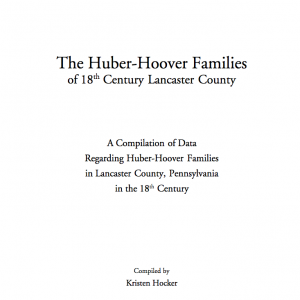Michael Frantz of Lower Paxton Township
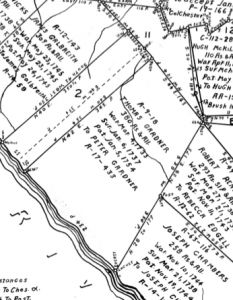 On 30 October 1860, Michael and Elizabeth Frantz of Swatara Township sold to Michael A Frantz 93 acres that had been part of a tract that Michael (the father) had inherited—along with his sisters Elizabeth and Mary—from their father Michael Frantz.1 Michael Frantz Sr. died in Lower Paxton Township (now Swatara Township) Dauphin County sometime between 25 June 1793, when he and his wife Franny sold land to Susanna Eaglea, and 17 October 1797 when his administrators John Nissley and Christian Frantz settled his administration account.2 Here’s what I found in the Dauphin County Orphans Court Book.
On 30 October 1860, Michael and Elizabeth Frantz of Swatara Township sold to Michael A Frantz 93 acres that had been part of a tract that Michael (the father) had inherited—along with his sisters Elizabeth and Mary—from their father Michael Frantz.1 Michael Frantz Sr. died in Lower Paxton Township (now Swatara Township) Dauphin County sometime between 25 June 1793, when he and his wife Franny sold land to Susanna Eaglea, and 17 October 1797 when his administrators John Nissley and Christian Frantz settled his administration account.2 Here’s what I found in the Dauphin County Orphans Court Book.
John Niesley and Christian France Administrators of all and singular Goods and Chattles Rights and Credits which were of Michael France late of Paxton Township deceased appeared in Court and produced their account upon the administration of the Estate of the said deceased duly passed before the Register from which there appears to be a balance in their hands of three hundred and seventy five pounds eleven shillings and eleven pence which account upon examination the Court do approve and allow and direct that the said balance after deducting thirteen shillings and two pence the expence of this Court be distributed according to Law
The Court appoint Christian France of Manheim Township in the County of Lancaster Guardian of the person and estate of Mary France a minor daughter under the age of fourteen years of Michael France late of Lower Paxton Township deceased during her minority.
Elizabeth France a minor daughter above the age of fourteen years of Michael France late of Lower Paxton Township deceased comes into Court and chooses Christian France of Manheim Township in the County of Lancaster Guardian of her Estate during her minority and the Court approve of and appoint the said Christian France her Guardian accordingly.
The Court appoint Jacob France of Manor Township in the County of Lancaster Guardian of the persons and estates of John France, Michael France and Veronica France minor children under the age of fourteen of Michael France late of Lower Paxton Township decease during their respective minorities3
I find it quite probable that Christian and Jacob Frantz—guardians of his children—were relatives, perhaps brothers, of Michael Frantz. John Nissley was likely the brother of Michael’s wife Feronica “Franny” (Nissley) Frantz.4
Michael and Feronica (Nissley) Frantz had children:
- Elizabeth Frantz (28 Mar 1780—2 May 1850)5 married Rev. John Mumma (11 Mar 1776—3 Aug 1859)6
- Mary Frantz (after 17 October 1783—?) 7 married Jacob Snavely
- John Frantz (after 17 October 1783—before 1807).
- Michael Frantz (22 May 1789—5 Jun 1866) married twice—first to Elizabeth Neidig, daughter of John and Mary (Bear) Neidig, and second to Elizabeth Walters, daughter of Jacob and Anna (Stauffer) Walters
- Veronica Frantz (after 17 October 1783—before 19 May 1810).
Michael Frantz Jr. was the father of Anna Frantz, my 3x great grandmother and wife of Levi Hocker, who died mysteriously in 1876.

